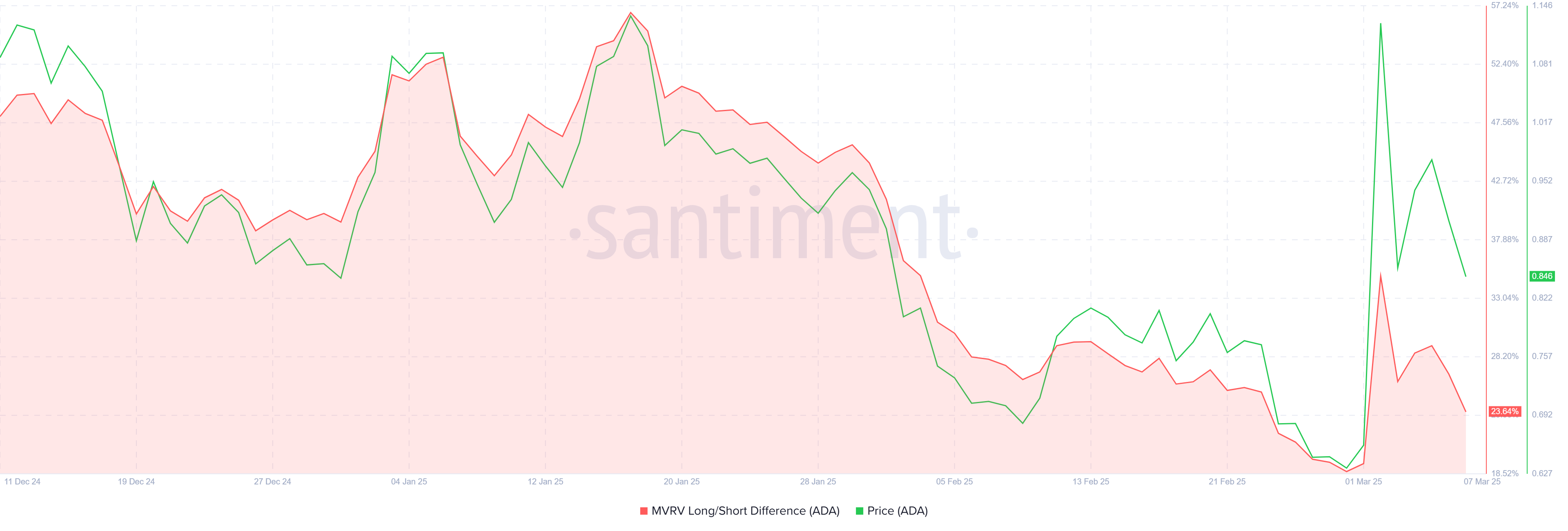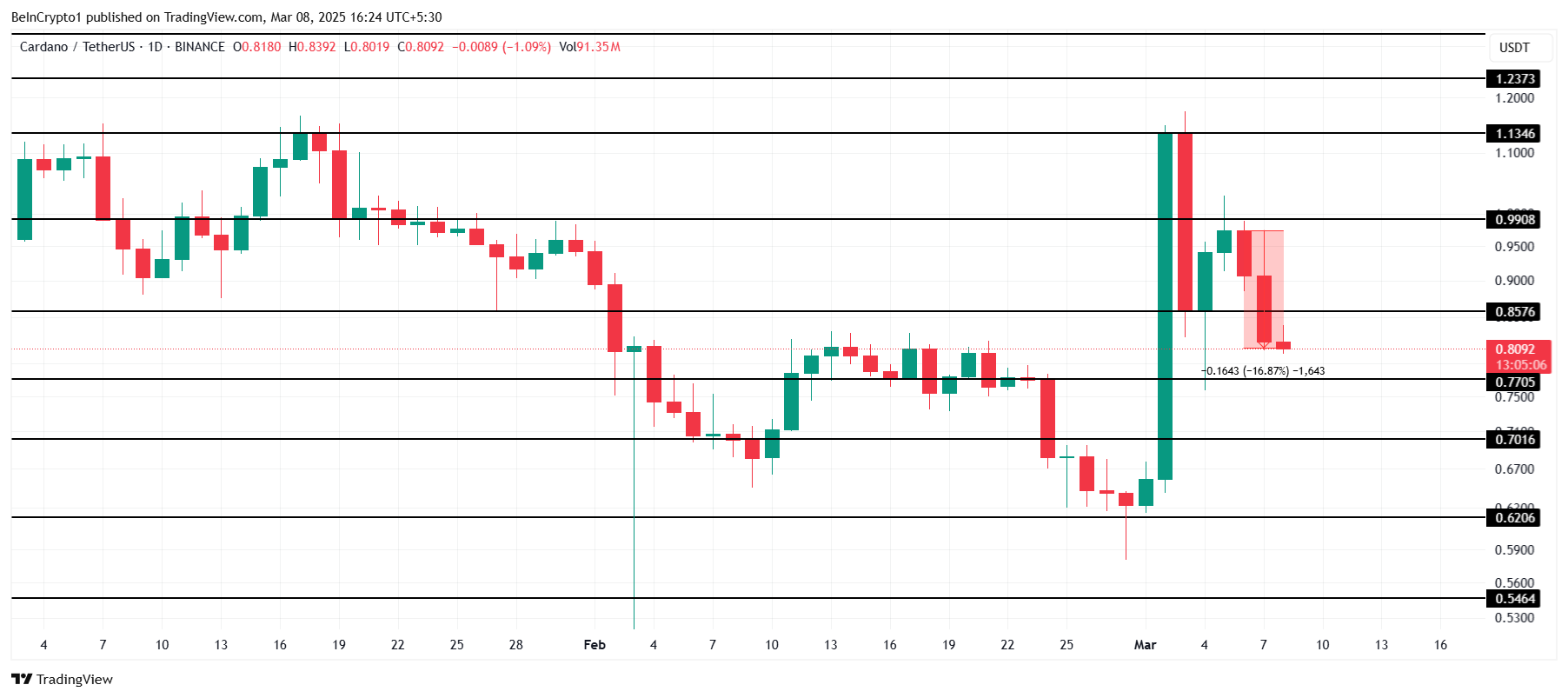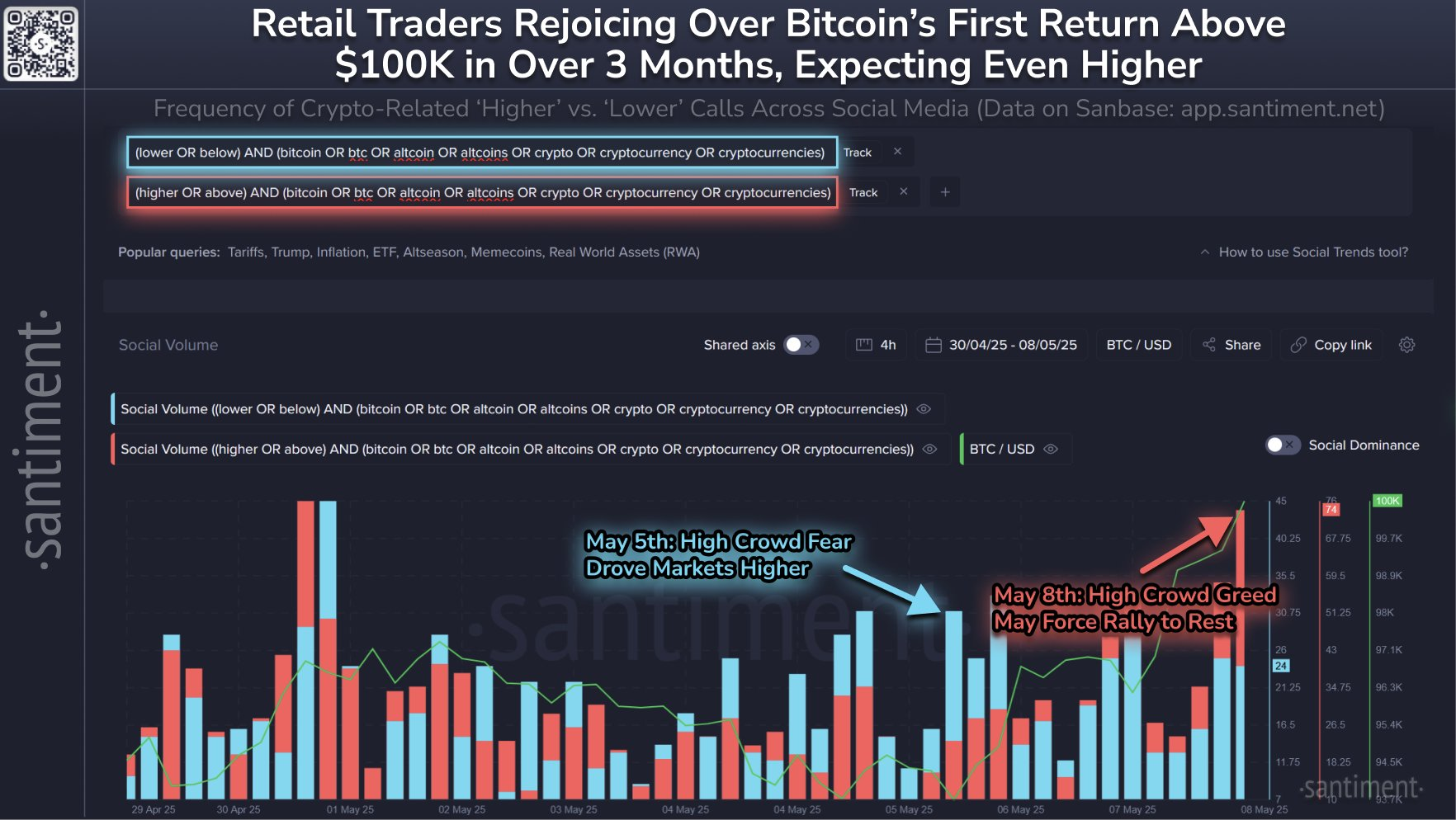Mayer Mizrachi, the mayor of Panama City, Panama, announced today that the city government will accept payments in crypto. It will accept Bitcoin, Ethereum, and two stablecoins for taxes, permits, fees, etc.
However, Mizrachi clarified that the municipal government has a legal requirement to accept these funds only in USD. It will exchange cryptoassets for cash with a partnered bank, presenting a severe limit to potential crypto adoption.
Is Panama City Accepting Crypto?
In the last few months, a tide of pro-crypto regulation has swept over many of the world’s jurisdictions. This obviously includes the United States at the federal and state levels, but many other countries are rising to the occasion.
Case in point, the mayor of Panama’s capital city just announced that the municipal government will accept payments in crypto.
“Panama City council has just voted in favor of becoming the first public institution of government to accept payments in crypto. Citizens will now be able to pay taxes, fees, tickets and permits entirely in crypto starting with BTC, ETH, USDC, USDT,” claimed Mayer Mizrachi, the mayor of Panama City.
Mizrachi went on to explain some previous efforts to accept crypto payments in Panama. Four years ago, a legislative initiative tried to enable crypto payments all over the country.
It got some traction but eventually stalled out in 2022. In 2023, the Supreme Court ruled the bill “unenforceable.” Since then, it doesn’t seem like any other serious efforts have made progress.
Panama City’s municipal government is circumventing the legislature to accept crypto payments, but the strategy has significant drawbacks. Mizrachi explained that public institutions must receive funds in US dollars, and he couldn’t circumvent this requirement.
In other words, any crypto payments will actually go to a partnered bank. The bank will actually custody (or dispose of) these assets, while the city only holds USD. Mizrachi’s effort avoids a contentious legislative battle, but its actual impact might be severely limited.
Although Panama has its own currency, the balboa, the US dollar has more legal standing in a few different ways. It’s a legal tender; public institutions have to accept it, and the balboa is actually pegged to the dollar anyway.
This is a very similar situation to what made El Salvador accept Bitcoin as a currency, as it also had to use the US dollar as its sole currency.
Mizrachi explained that this short workaround will increase “the free flow of crypto” through Panama’s economy, but it may not be that simple. Depending on the agreement between the city government and partnered banks, it could just dump its cryptoassets on the international market.
If Panama wants to actually adopt cryptocurrency, it may need more sustainable measures integrated to the local economy.
The post Panama City to Accept Crypto Payments, But Settled in US Dollar appeared first on BeInCrypto.









